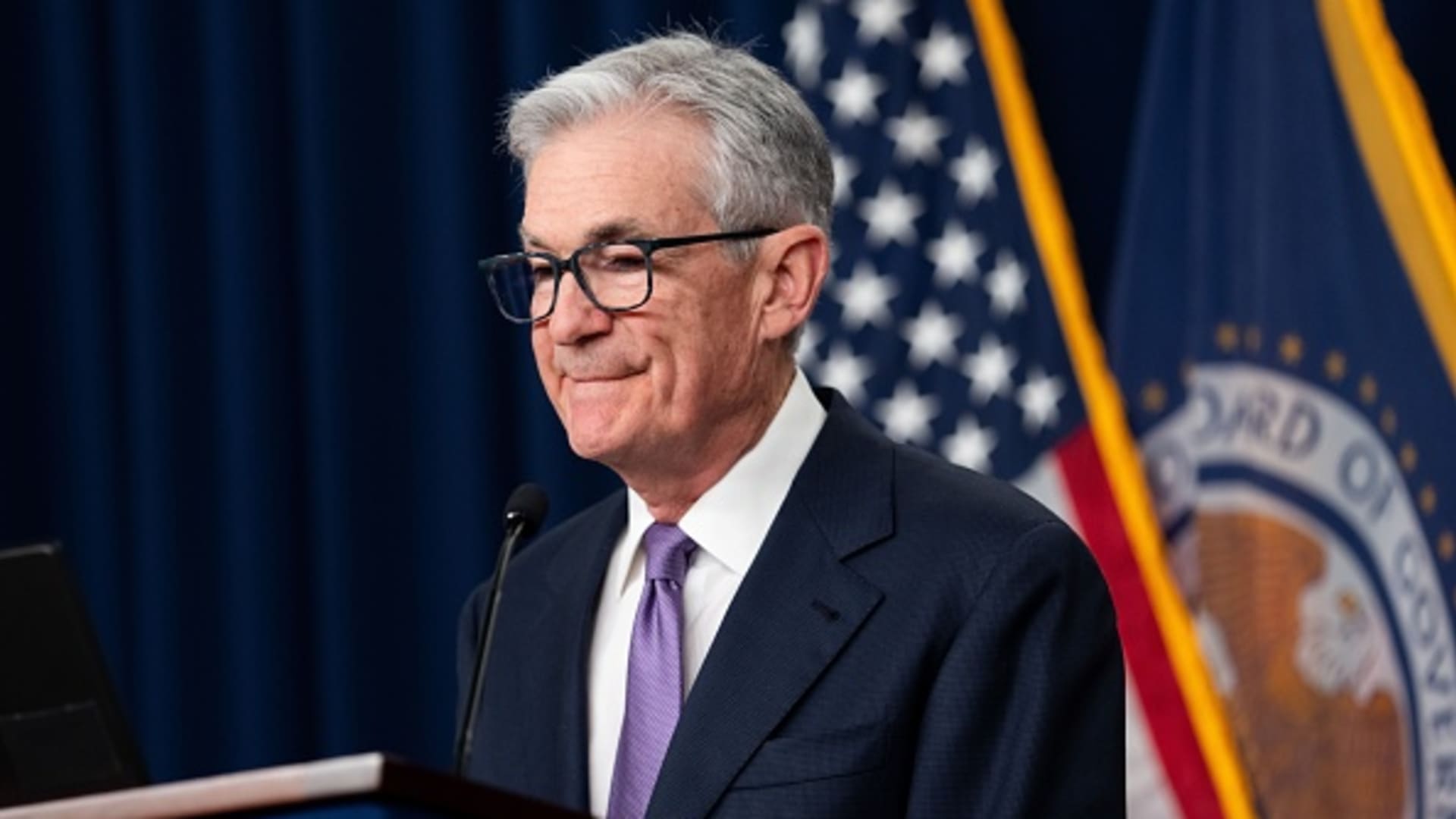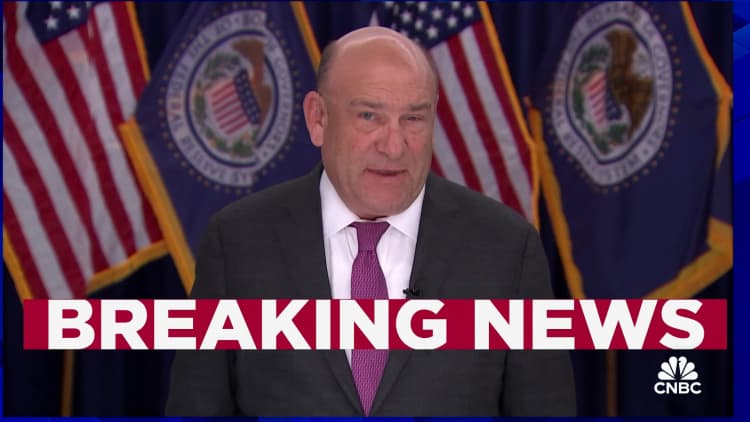
Calls for a wealth tax on the world’s super-rich are once again gaining attention after U.S. President Joe Biden said he would impose a new “billionaire tax” on the country’s wealthiest if re-elected in November.
Outlining his 2025 budget proposals on Monday, Biden took aim at the uber affluent and reiterated plans for a 25% tax on Americans with a wealth of more than $100 million.
“No billionaire should pay a lower tax rate than a teacher, a sanitation worker, a nurse,” he said Thursday.
The plans, previously outlined in the president’s 2024 budget, reignited a decades-old debate over how best to account for the wealth of the world’s richest.
The issue has taken on fresh significance this year, however, as governments globally look for new ways to plug dwindling public finances and tackle wealth inequality.
This is about the wealthy contributing more … the extremely wealthy contributing more and being proud to do that.
Phil White
retired business owner and member of Patriotic Millionaires
Last month, global finance ministers meeting for a G20 summit in Brazil said they were exploring plans for a global minimum tax on the world’s 3,000 billionaires to ensure the hypermobile 0.1% pay their fair share to society.
Such ideas even have the backing of some of the world’s wealthiest. In early 2024, a growing network of so-called “Patriotic Millionaires” signed an open letter to world leaders, calling for higher taxes for the wealthy. Among the 260 signatories were Disney heiress Abigail Disney and “Succession” star Brian Cox.
“This is about the wealthy contributing more to the society, the extremely wealthy contributing more and being proud to do that,” Phil White, retired business owner and Patriotic Millionaires co-signatory, told CNBC.
But experts are divided over the effectiveness of a wealth tax, and its how achievable it is in reality.
What is a wealth tax?
A wealth tax is a “broad-based” tax on the value of all — or most — of the assets belonging to a wealthy individual or household, such as cash, property, vehicles, jewelry and other valuable items.
Unlike income tax, which is charged against annual earnings, and capital gains tax, which is imposed on profits accrued from the sale of an asset, wealth tax is seen as a more holistic way of accounting for an individual’s total wealth.
Such taxes were once prominent in Europe, though implementation dwindled at the turn of the 21st century amid questions over their efficiency and a broader shift toward lower top-end tax rates.
Wealth taxes were once a prominent source of tax revenues in Europe, though implementation dwindled at the turn of the twenty-first century
CNBC
As of 2024, Switzerland, Norway, Spain and are among the few countries to impose some form of wealth tax. But more countries are coming around to the idea. Colombia introduced a wealth tax in 2022, and the Scottish government is among others to have touted proposals.
According to Arun Advani, associate professor of economics at the University of Warwick, the most effective wealth tax policies are those that are targeted and specific.
“If you want a wealth tax that’s actually going to be effective at the top end … you typically want to start at quite a high threshold,” Advani said, noting that historically abandoned policies either came in too low or allowed too many exemptions to generate sufficient tax revenues.
A mass money exodus
Tax specialists note, however, that even well-designed wealth tax policies can be hard to enforce in practice, with questions arising over which assets should be taxed and who should be responsible for evaluating their value.
Indeed, the potential for behavioral shifts is one of the top arguments leveled against wealth taxes. Critics point to the increased risk of a wealth exodus among the highly mobile super-rich, including to tax havens, which they say undermines original efforts to boost government coffers.
Business owners are forced to leave the country. This is a great impact for a lot of people, me as well, and it’s not sustainable.
Tord Kolstad
founder and CEO of T. Kolstad Eiendom
“We certainly see individuals looking at other countries to see is, is if there was a wealth tax to be introduced would there be merit in moving?,” Christine Cairns, personal tax partner at PwC said.
In 2022, when Norway increased its wealth tax on residents with assets above 20 million Norwegian kroner ($1.8 million), many flocked to Switzerland. Entrepreneur Tord Kolstad was one of approximately 70 super-wealthy Norwegians who made the move in 2023.
“They doubled this taxation from one day to another. This is the reason Norwegian business owners are forced to leave the country. This is a great impact for a lot of people, me as well, and it’s not sustainable in the long run,” Kolstad, founder and CEO of Norwegian property group T. Kolstad Eiendom, said.
Data suggests that wealth tax accounts for only a very small proportion of total tax revenues in the countries where it has been applied.
CNBC
Researchers are divided on the risks of capital flight from a wealth tax, with some arguing that cash outflows would be limited. But they do raise other concerns over the costs of such a policy and its ability to redistribute wealth.
Data suggests that a wealth tax accounts for only a very small proportion of total tax revenues in the countries where it has been applied. Often those revenues have failed to increase much over time.
“There is more cost on the tax authority side, because they’ll definitely need to be doing additional valuations,” Advani said. “A different area of cost that you could be worried about is what does it do to, for example, incentives to invest.”
Addressing wealth inequality
Still, proponents argue that the revenues generated from a wealth tax could mark a major step in combatting the wealth gap.
Global wealth inequality has risen significantly over recent years, with the richest 1% bagging two-thirds of all new wealth created since 2020, according to Oxfam. The poorest 50% of the global population now own just 2% of total net wealth, while the richest 10% hold 76%. Of that, the wealthiest 1% own around two-thirds.
Under Biden’s proposals, a 25% tax on those with over $100 million would raise $500 billion over 10 years to help fund benefits such as childcare and paid parental leave. That would lift the average tax rate for America’s 1,000 billionaires from 8.2% and bring it in line with the 25% paid by average American workers, according to Biden.
Even a 2% tax on the world’s 2,756 known billionaires could raise $250 billion per year, according to a 2023 report from the independent research lab EU Tax Observatory, which backs calls for a global wealth tax. A separate Oxfam report in 2023 suggested a 5% tax on the world’s multi-millionaires and billionaires could raise $1.7 trillion annually — enough to lift 2 billion people out of poverty.
Groups like Patriotic Millionaires say that is part of their stated aims. A 2024 poll by Patriotic Millionaires found that more than half (58%) of millionaires from G20 countries back a 2% tax on wealth over $10 million. Three-quarters (74%) said they support higher taxes on the wealthy in general.
However, some question whether such calls could be a way for the world’s richest to safeguard against a more radical redistribution of wealth in the future.
“There are people who are talking you know, very seriously about the idea of libertarianism and saying there is a limit on total wealth that people should be allowed to have and sort of basically 100% tax above that level,” Advani said.
[ad_2]















